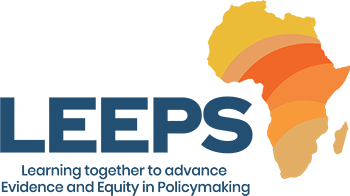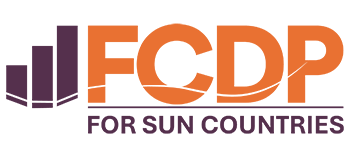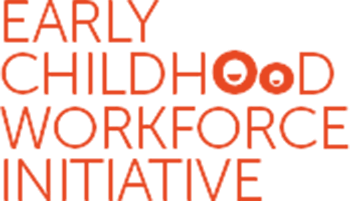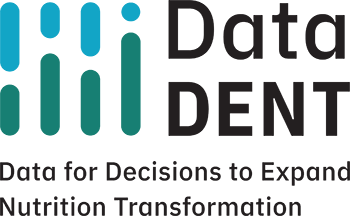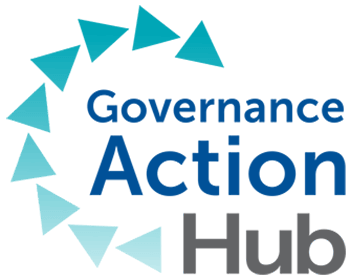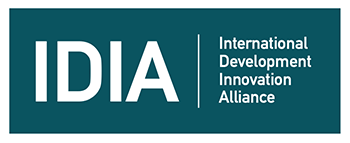5 insights on using data for primary health care improvement
Addressing Measurement and Data Challenges
[Editor’s Note: This post was originally published by the Joint Learning Network for Universal Health Coverage.]
By Dr. Kamaliah Mohamad Noh, Cyberjaya University College of Medical Sciences, and Chloe Lanzara, Results for Development
Primary health care (PHC) is foundational to creating health systems in which all citizens — regardless of their economic standing — have access to high quality and affordable health care services.
But a key challenge in developing a high-quality primary health care system is measuring system performance. Gaps in difficult-to-measure service delivery areas, such as quality of care, the fragmentation of data sources across disease areas or health programs, and data quality issues limit countries’ abilities to gain a comprehensive view of primary care. Countries also face obstacles in making sure that data are not just collected, but are used routinely and effectively to prioritize areas for improvement, identify practical solutions, and monitor progress.
At a recent workshop led by the Joint Learning Network for Universal Health Coverage (the JLN) and the Primary Health Care Performance Initiative, representatives from national health agencies and monitoring and evaluation departments came together to share and address measurement challenges. This was the fourth in-person gathering of the Primary Health Care Measurement for Improvement working group and, throughout these discussions, practitioners articulated five key insights on measurement and data use:
1. To drive improvement, data must be translated into information and knowledge that supports decision-making and action.
Successful implementation of the data to improvement pathway requires countries to build the systems for data collection, the individual capacities to give and receive data, and a culture that builds demand and value for data use.
Though challenging, this often requires countries to put things in reverse: rather than starting with pre-existing data, practitioners should start with the decisions that need to be made at different levels of the primary health care system and work backwards to the data (and systems, capacities, and culture) that are needed to support them.
2. The technical part is the easy part — the challenge is often human.
For example, when establishing a data warehouse — an electronic system that links data sources to store and access large quantities of data — countries need to go beyond thinking about interoperability of data sources or different technology platforms. Often the most pressing challenges relate to the people who will use the warehouse, from their technical skills to resistance to the introduction of new technologies into existing processes. The overarching advice? Keep it simple — don’t scare people away with too much complexity or technology.
3. When it comes to effective data analysis and visualization, it’s important to understand what motivates your audience.
It’s not just about knowing the key stakeholders and selecting the right data they need to make decisions. For truly effective communication, a data producer must consider the full profile of that stakeholder — are they motivated by passion or costs? Do they want to hear numbers or stories? By delving into the details, data managers can ensure that they present data in useful and impactful ways that will drive action.
4. Even when you have the right information, decision-making isn’t just dependent on data.
There are many other factors that impact decision-making, from politics and the media, to budgets and available resources, and it’s up to implementers to find practical ways that measurement can influence these processes.
With so many competing factors, it’s important to build a culture of and demand for data, so that data use for decision-making becomes institutionalized throughout the system. This is easier said than done: it requires important components that take time and commitment to build, from inspiring leadership, to the right enabling environment, to mechanisms for accountability and transparency at all levels. A critical step involves establishing a safe space where performance results can be shared without a punitive response.
5. When it comes to change, you can never say you’ve arrived — you must keep monitoring and improving.
The data to improvement pathway isn’t just a series of steps, but a continuous cycle that involves routine measurement and iterative improvement. As countries continue to strengthen the way they measure primary health care performance, comparative benchmarking — using global indicator sets like the PHC Vital Signs — can be helpful to track progress and share results, while peer learning supports countries to discuss strengths and weaknesses, exchange experiences, and share improvement strategies.
So, what’s next?
Over the coming months, the Primary Health Care Measurement for Improvement working group will finalize a Primary Health Care Measurement for Improvement Toolkit, which will be available for country use by early 2018. The toolkit will provide guidance and a set of functional tools to help countries identify and fill measurement gaps and formulate strategies to ensure data are routinely used for improvement throughout the primary health care system.
With more — and better data — countries will have the information they need to strengthen primary health care and advance universal health coverage.
Results for Development (R4D) serves as network coordinator of the Joint Learning Network with ACCESS Health International and in partnership with the World Bank. R4D also manages the Primary Health Care Performance Initiative.
Dr. Kamaliah Mohamad Noh is an associate professor at Cyberjaya University College of Medical Sciences. Chloe Lanzara is a senior program associate at R4D.




